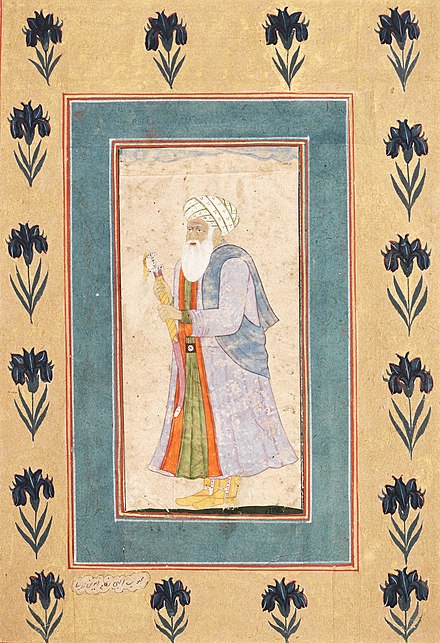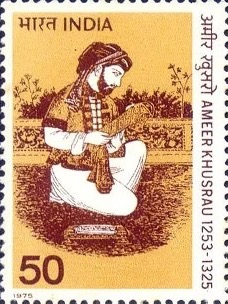Synopsis
At the shrine of Nizamuddin Auliya, Basant Panchami takes on a unique significance, blending elements of Sufi mysticism with local traditions. Over time, devotees and followers of the saint began gathering at his shrine on Basant Panchami to offer prayers, seek blessings, and partake in the joyous atmosphere. In some regions, especially in the northern states of India, elaborate processions, folk dances, and musical performances are organised to celebrate the arrival of spring.
Basant Panchami, the Hindu festival that marks the onset of spring, is dedicated to Saraswati, the Hindu goddess of knowledge, music, and art. On this auspicious day, devotees adorn themselves in yellow attire, symbolic of the vibrant blooms of spring, and gather at temples to offer prayers and seek blessings from Saraswati. Kite flying is a cherished tradition associated with Basant Panchami, with colourful kites filling the sky as people compete in friendly battles.
Speaking of traditions, a particular place in Delhi observes the festival in one of the most beautiful and unique ways. It is the Nizamuddin Dargah, the final resting place of the Sufi saint Nizamuddin Auliya, and we are here to explore its connection with Basant Panchami.
History of Basant Panchami celebration at Nizamuddin Dargah
The tradition of celebrating this festival at the Sufi saint’s shrine can be traced back to a poignant event in his life, involving his disciple Ameer Khusrau. When Auliya’s nephew passed away, leaving him in profound grief, Khusrau sought to alleviate his master’s sorrow. Witnessing Hindus celebrating Basant Panchami with vibrant music and yellow attire, Khusrau was inspired to bring the joy of spring to Auliya. Leading the celebratory group to Auliya’s abode, Khusrau initiated a melodious and lively procession, singing in the Purabi dialect and showering mustard flowers at the feet of the saint. This heartfelt gesture brought tears to Auliya’s eyes, and he even joined the celebration. Since then, Basant Panchami has been celebrated at his shrine, echoing the joyous spirit infused by Ameer Khusrau.
At the shrine of Nizamuddin Auliya, Basant Panchami takes on a unique significance, blending elements of Sufi mysticism with local traditions. Over time, devotees and followers of the saint began gathering at his shrine on Basant Panchami to offer prayers, seek blessings, and partake in the joyous atmosphere.
In some regions, especially in the northern states of India, elaborate processions, folk dances, and musical performances are organised to celebrate the arrival of spring. Basant Panchami is not only a celebration of nature’s bounty and renewal but also a time for spiritual reflection, cultural festivities, and the embracing of new beginnings.
The celebration at the shrine typically includes the recitation of Sufi poetry, qawwalis (devotional songs), and the distribution of sweets and floral offerings. The courtyard of the shrine is adorned with yellow flowers. Today, the tradition continues to thrive, attracting devotees and visitors from diverse backgrounds who come together to celebrate the spirit of spring and the legacy of a beloved Sufi saint.
Courtesy: https://timesofindia.indiatimes.com/

Khawaja Syed Muhammad Nizamuddin Auliya (1238-1325), also known as Hazrat Nizamuddin, was an Indian Sunni Muslim scholar, Sufi saint of the Chishti Order, and one of the most famous Sufis from the Indian subcontinent. Nizamuddin Auliya, like his predecessors, stressed love as a means of realising God. For him his love of God implied a love of humanity. His vision of the world was marked by a highly evolved sense of religious pluralism and kindness.
Image: Mughal painting of Hazrat Nizamuddin Auliya, courtesy Wikipedia.

Abu’l Hasan Yamīn ud-Dīn Khusrau (1253-1325), better known as Ameer Khusrau, was an Indo-Persian Sufi singer, musician, poet and scholar who lived during the period of the Delhi Sultanate. He is an iconic figure in the cultural history of the Indian subcontinent. He was a mystic and a spiritual disciple of Nizamuddin Auliya of Delhi. He wrote poetry primarily in Persian, but also in Hindavi (Hindustani). Khusrau is sometimes referred to as the “voice of India” or “Parrot of India” (Tuti-e-Hind), and has been hailed as the “father of Urdu literature.” He is also regarded as the “father of qawwali” (a devotional form of singing of the Sufis in the Indian subcontinent), and introduced the ghazal style of song into India, both of which still exist widely in India and Pakistan.
Image: Commemorative postage stamp on Ameer Khusrao issued by India in 1975.
